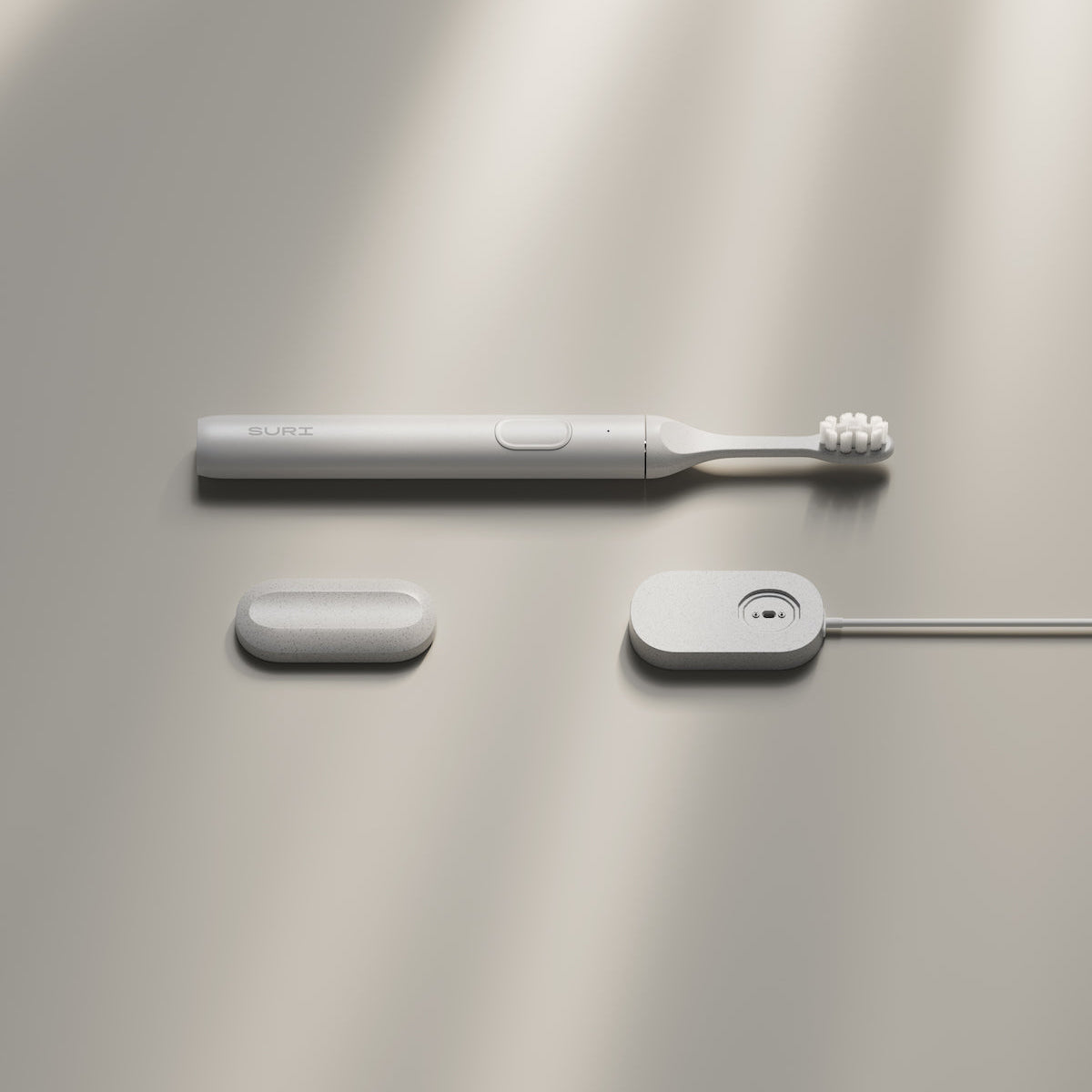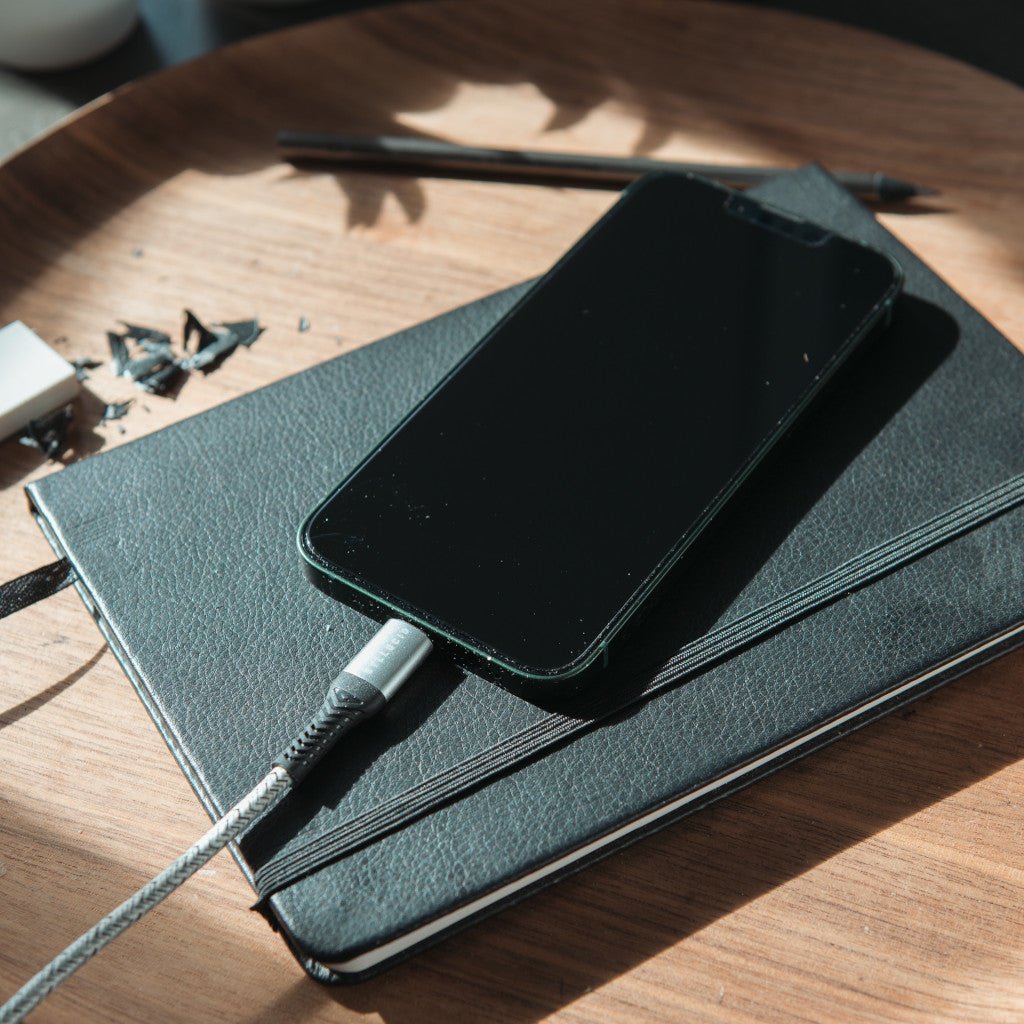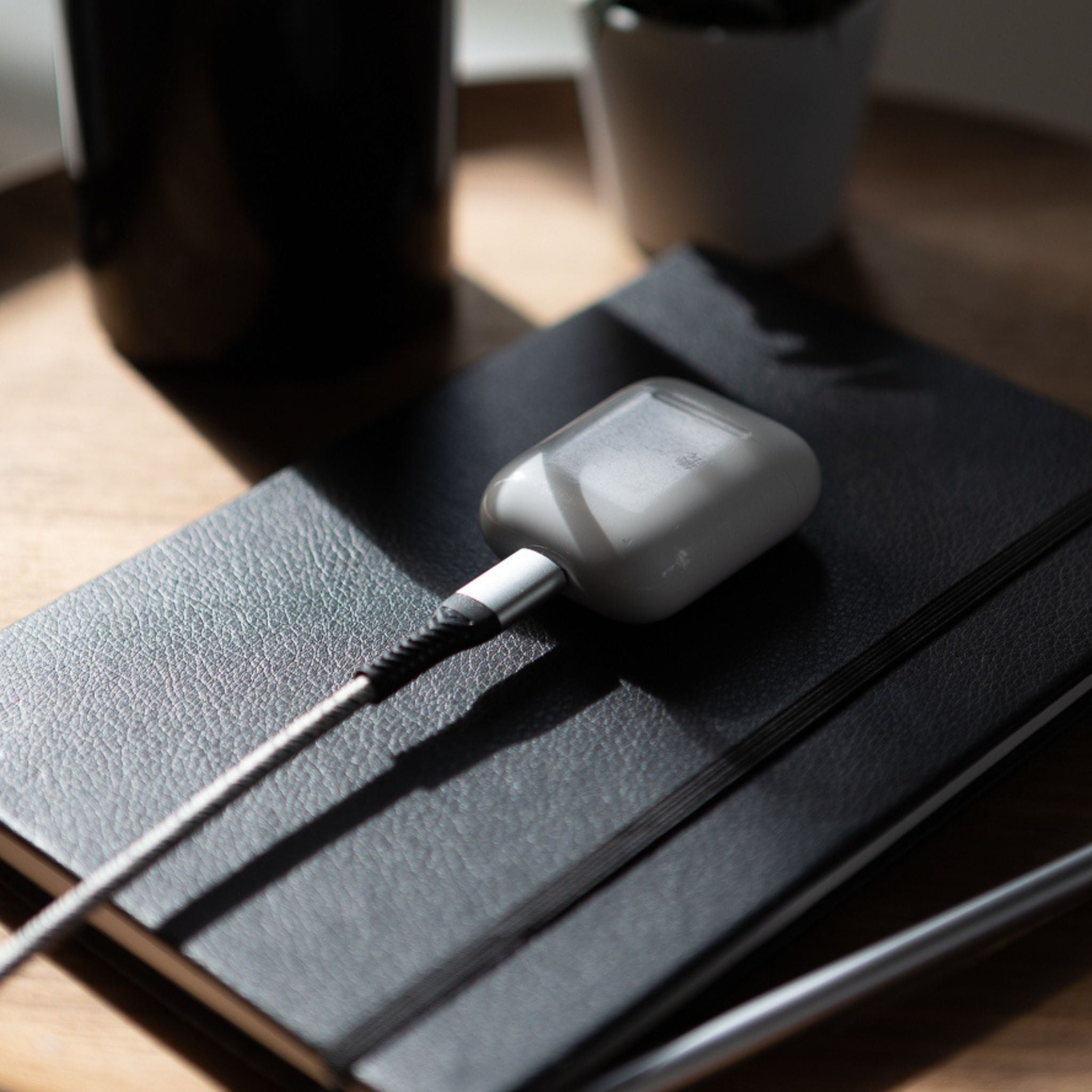We’ve all been there.
Down on your hands and knees, surrounded by slabs of chipboard and little plastic bags of wooden dowels. You hold tight the only weapons provided to you in this battle: a single allen key, and a set of enigmatic instructions. You must overcome marital strife, missing fixings and a hole pre-drilled about three millimetres away from where it’s supposed to be.
Your prize? An affordable chest of drawers you were able to take home in the back of your car. Sure, that one drawer comes off the rails when you look at it funny, but starting over is unthinkable.
For over 60 years now, Britons have turned to flat pack furniture as a way to furnish their homes on the cheap, and sprout a few extra grey hairs in the process. Today, more than 9 out of 10 households contain at least one piece of flat pack, and its popularity is ever-increasing.
But in the process of designing furniture that anyone can build, has the industry deprioritised longevity? Let’s take a look at how we got here.

How the nation fell for flat pack
In 1953, Ikea launched their first ever ready-to-assemble furniture item: the Delfi. It was a simple, round wooden table that came with detached legs for the customer to put together at home. Packaging a table in this way saved on assembly, transportation and storage costs, and damage rates too. And crucially, Ikea could pass on a lot of those savings to their customers.
Considering that requiring a customer to attach their own table legs is a pretty minor ask, flat-packing a simple item like this seems like a complete no-brainer today. So it’s hard to overstate how revolutionary this approach was.
Customers loved the affordable prices and clean design of this new type of furniture. So much so, that they were willing to accept the sometimes baffling process of assembly. In the years that have followed, countless other manufacturers have hopped on the flat pack train. Today, the minimalist Scandi aesthetic popularised by Ikea has become ubiquitous, to the point of being invisible.
The advantages of flat pack have been embraced by today’s ‘generation rent’ in particular. Furniture that can be disassembled can be taken from place to place with ease. And for those who don’t own their home, it may be regarded as an affordable stopgap before investing in ‘proper’ furniture down the line.
With its more economical pricing, flat pack democratises ownership of all sorts of items that would otherwise be unaffordable to a lot of people. Even better, these savings don’t have to be made by paying workers a pittance. The customer just has to do a bit of free labour instead.

The chipboard issue
So, flat pack furniture isn’t fundamentally bad. But there is a reason for its flimsy reputation. As is usually the case with short-lived stuff, the driving force behind shorter product lifespans comes down to cost-cutting.
Even though the flat pack approach already saves on various costs such as transportation, that hasn’t stopped manufacturers from squeezing elsewhere. By using cheap, lightweight materials too, such as chipboard and even hardboard (that cardboard-thin stuff forming the back of your bookcase), flat pack prices are driven down even further.
These materials can be covered with various finishes to make them look the part, but the fact is that they won’t withstand many knocks. Particularly shoddy furniture can even become bent and buckled over time, most often with large pieces like wardrobes or bookcases.

Flimsy fixings
However, weak fixings, i.e. the bits that attach the parts together, arguably lead flat-pack to an early grave more often than cheap materials.
In order to allow your average person to assemble them, flat pack components must be joined together through simple, impermanent means. This is where those little ridged wooden dowels come in. Fixings like these rely solely on friction, which means they can’t handle a lot of repeated stress. Drawer fronts, for example, are a common failure point for dowel joints.
When you combine these fixings with crumbly, low-density particle board, it makes the whole situation worse. Holes in this material are easily widened, so after just one round of reassembly, every joint gets weaker. Even fixings that are stronger, like screws, become less effective each time they are undone. The material just gets chewed up.
With proper fixings, flat pack could be made to be really sturdy. But big metal bolts and steel brackets don’t look as nice as flush dowel joints, which are invisible in an assembled furniture piece. At the point of sale, the majority of customers just want a well-priced, good-looking product. An industrial-looking shelving unit might work for the shed, but not the family home.

DIY disasters
With just a bit of added wood glue, those little wooden dowels could actually create some pretty strong joins. But who would trust your average flat pack builder with a ketchup sachet of PVA? Flat pack design, by nature, is limited by what customers can be reasonably expected to build.
Even with very simplified designs, the majority of people still aren’t equipped to carry out DIY assembly. Nearly half of Britons say they’re incapable of building flat pack, and three quarters would actually be willing to pay someone else to do it for them. Hence why nowadays, there are many services out there to do exactly that.
Whether due to botched assembly or imperfect manufacture (see: holes that don’t align properly), flat pack builds often don’t go as hoped. Perhaps a drawer might not shut properly, or a door sits a little wonky. It’s a familiar story - spending hours putting together a complex item, only for it to not be quite right.
Therein lies the issue with outsourcing assembly to your own customers. A badly-constructed piece spells a poor user experience from day one, and a product headed for the bin as soon as a replacement can be justified.
Our forever furniture
Last year, we set out to find our answer to flimsy flat pack - and we were faced with a lot of choice. Well-made furniture is not a rarity; of course, there are many, many brilliant makers out there creating pieces that will stand the test of time.
We searched for a furniture maker who wasn’t simply an exceptional craftsperson, but someone who fundamentally shared our core values of designing for life. We wanted furniture that was built to last, in thoughtful designs - by people who stand by their customers forever.
Enter Studio Locus: a small West-Sussex based furniture practice who ticked all our boxes, and then some. What caught our attention was the outstanding lifetime guarantee: a sure sign of a maker confident in the longevity of their craftsmanship. Then we fell in love with their timelessly modern designs, ready for any home.
We collaborated with Studio Locus to create a capsule range of ready-made, beautifully solid furniture items built to last a lifetime. Crucially, they’re made of quality materials, in a far more robust construction than any DIY flat pack fixing could ever make. By using extremely strong wood glue on each joint and allowing it to cure properly, it’s as if they’re constructed from one piece of material.
Why MDF?
Eagle-eyed shoppers will spot something about our Studio Locus range that you may find surprising. We’ve decided to offer these pieces in two options: either solid oak, or laminated MDF (i.e. medium density fibreboard). We wanted to show that the long-lasting alternative to chipboard flatpack doesn’t necessarily have to be solid wood furniture.
Different types of particle boards are not created equal. MDF is denser, stronger and heavier than the chipboard you typically find in flat pack, and it’s also more resistant to moisture and warping. In fact, MDF is a commonly-used material in high-end furniture making.
Beautifully-executed real wood laminate is a speciality of Studio Locus. By offering this option, they can provide handmade buy-for-life furniture at more affordable prices than if they exclusively used solid wood.
This is furniture we’re proud to stand by.
Meet our new range of Studio Locus furniture, designed in collaboration with Buy Me Once.
































